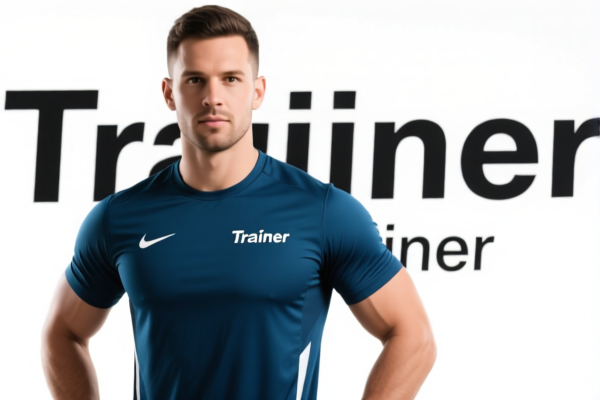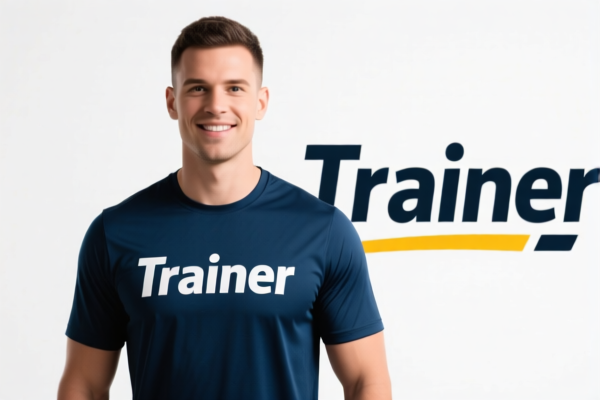| HS Code | Official Doc | Tariff Rate | Origin | Destination | Effective Date |
|---|---|---|---|---|---|
| 6402918005 | Doc | 90¢/pr. + 20%+37.5% | CN | US | 2025-05-12 |
| 6402998005 | Doc | 90¢/pr. + 20%+37.5% | CN | US | 2025-05-12 |
| 6405100030 | Doc | 47.5% | CN | US | 2025-05-12 |
| 6405100060 | Doc | 47.5% | CN | US | 2025-05-12 |
| 6403916030 | Doc | 38.5% | CN | US | 2025-05-12 |
| 6403996030 | Doc | 38.5% | CN | US | 2025-05-12 |
| 5906993000 | Doc | 58.3% | CN | US | 2025-05-12 |
| 5902100000 | Doc | 60.8% | CN | US | 2025-05-12 |
| 5902200000 | Doc | 60.8% | CN | US | 2025-05-12 |
| 3926201010 | Doc | 30.0% | CN | US | 2025-05-12 |




Trainers
Trainers encompass a broad category of footwear designed to facilitate and enhance participation in various athletic activities, as well as for casual wear. Their core function is to provide support, cushioning, and traction for the wearer’s feet.
Material
Trainers are constructed from a diverse range of materials, each contributing to specific performance characteristics:
- Upper: Commonly made from leather, synthetic leather, mesh, knit fabrics, or combinations thereof. Mesh and knit fabrics prioritize breathability and flexibility, while leather offers durability and support.
- Midsole: Typically composed of Ethylene-Vinyl Acetate (EVA), Polyurethane (PU), or specialized foam compounds. These materials provide cushioning and shock absorption. Modern trainers often incorporate advanced foams like Boost (Adidas), React (Nike), or Fresh Foam (New Balance) for enhanced energy return and comfort.
- Outsole: Constructed from rubber or carbon rubber compounds, offering traction and durability. Outsole patterns vary significantly based on the intended use of the trainer.
- Other components: Include linings for comfort, reinforcing materials for stability, and laces for secure fit.
Purpose & Function
The primary functions of trainers are:
- Shock Absorption: Reducing impact forces during activities like running, jumping, and walking.
- Support & Stability: Providing lateral and medial support to prevent injuries and enhance biomechanical efficiency.
- Traction: Ensuring a secure grip on various surfaces.
- Comfort: Offering a comfortable fit and reducing fatigue.
- Motion Control: Some trainers are designed to control excessive pronation or supination.
Usage Scenarios
Trainers are employed across a wide spectrum of activities:
- Running: Specifically designed running trainers cater to different running styles (neutral, stability, motion control) and distances (short, long).
- Cross-Training: Versatile trainers suitable for a variety of gym activities, including weightlifting, cardio, and agility exercises.
- Walking: Lightweight and cushioned trainers optimized for comfort during walking.
- Basketball: Trainers with high ankle support and cushioning for impact absorption during basketball games.
- Tennis/Squash: Trainers with lateral support and durable outsoles for quick movements on court.
- Casual Wear: Many trainers are adopted as everyday footwear due to their comfort and style.
Common Types
- Road Running Shoes: Designed for paved surfaces, prioritizing cushioning and flexibility.
- Trail Running Shoes: Featuring aggressive outsoles for traction on uneven terrain, and protective features to shield the foot from rocks and debris.
- Cross-Training Shoes: Versatile shoes suitable for a variety of gym activities.
- Minimalist Shoes: Lightweight shoes with minimal cushioning, promoting a more natural running gait.
- Stability Shoes: Designed to control excessive pronation, providing support for flat feet.
- Motion Control Shoes: Offering maximum support and control for severe overpronation.
- Basketball Shoes: High-top or mid-top shoes with ankle support and cushioning.
- Tennis Shoes: Durable shoes with lateral support and cushioning.
- Walking Shoes: Lightweight and cushioned shoes optimized for comfort.
Based on the provided information, “trainers” can be categorized under footwear with varying materials and applications. Here’s a breakdown of relevant HS codes:
- 6402918005: This HS code covers “Other footwear with outer soles and uppers of rubber or plastics: Other footwear: Covering the ankle: Other: Other: Valued over $6.50 but not over $12/pair Tennis shoes, basketball shoes, gym shoes, training shoes and the like”. This is applicable to trainers falling within this value range and material composition. The total tax rate is 90¢/pr. + 20% + 37.5%.
- 6402998005: Similar to the above, this HS code also covers “Other footwear with outer soles and uppers of rubber or plastics: Other footwear: Other: Other: Other: Valued over $6.50 but not over $12/pair Tennis shoes, basketball shoes, gym shoes, training shoes and the like”. The difference is not explicitly stated, but it likely relates to minor variations within the category. The total tax rate is 90¢/pr. + 20% + 37.5%.
- 6403916030: This HS code applies to “Footwear with outer soles of rubber, plastics, leather or composition leather and uppers of leather: Other footwear: Covering the ankle: Other: Other: For men, youths and boys Other: Tennis shoes, basketball shoes, gym shoes, training shoes and the like, for men: With pigskin uppers”. The total tax rate is 8.5% + 0.0% + 30.0%.
- 6403996030: This HS code is similar to the above, covering “Footwear with outer soles of rubber, plastics, leather or composition leather and uppers of leather: Other footwear: Other: Other: Other: Other: For men, youths and boys Other: Tennis shoes, basketball shoes, gym shoes, training shoes and the like, for men: With pigskin uppers”. The difference is not explicitly stated, but it likely relates to minor variations within the category. The total tax rate is 8.5% + 0.0% + 30.0%.
HS Code Structure Explanation:
- 64: This chapter covers footwear, gaiters and the like; parts of such articles.
- 02 & 03: These headings further specify the type of footwear based on the materials of the outer soles and uppers (rubber/plastics or leather/composition leather).
- 91 & 99: These subheadings provide more detailed classifications, including specific types of footwear (e.g., tennis shoes, basketball shoes) and value ranges.
- 60 & 05: These further refine the classification based on the intended user (men, women, youths, boys) and upper material (pigskin).
Important Note:
Regarding HS codes 6403916030 and 6403996030, please note that the material of the upper (pigskin) is a key determinant for classification. Ensure accurate material verification for proper declaration.
Customer Reviews
No reviews yet.